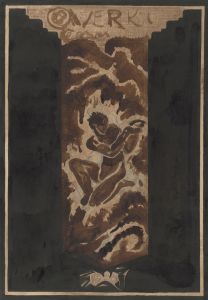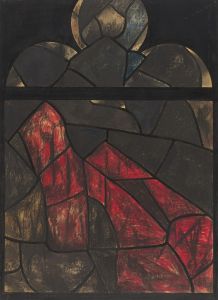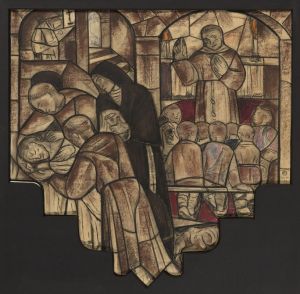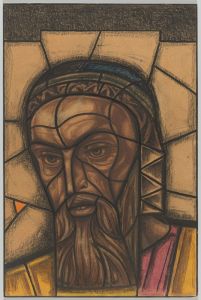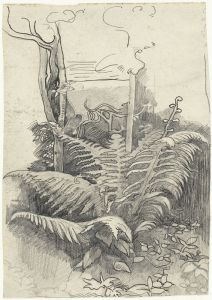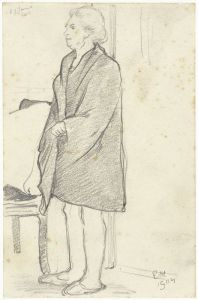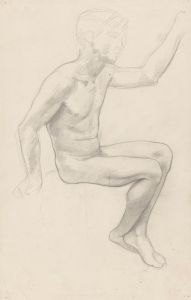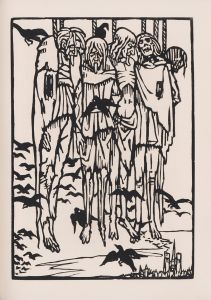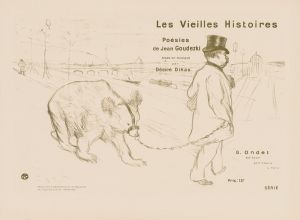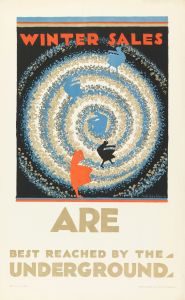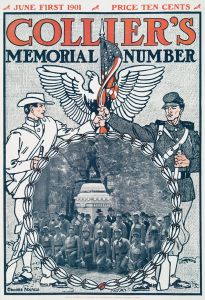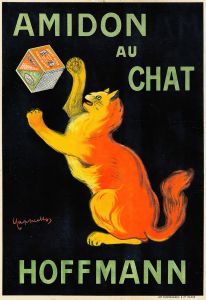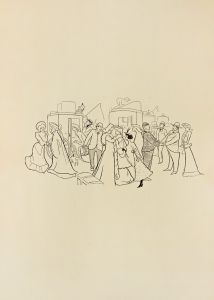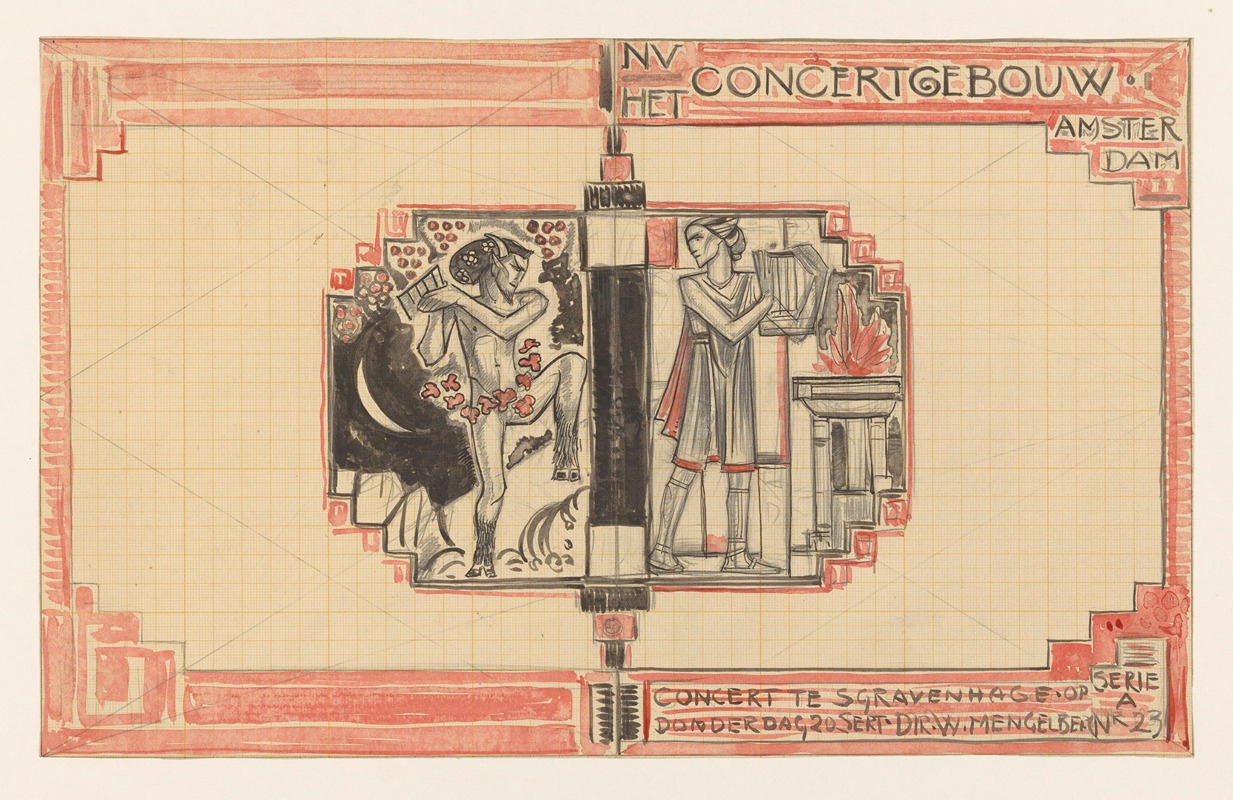
Ontwerp voor de omslag van een programma van het Concertgebouw
A hand-painted replica of Richard Nicolaüs Roland Holst’s masterpiece Ontwerp voor de omslag van een programma van het Concertgebouw, meticulously crafted by professional artists to capture the true essence of the original. Each piece is created with museum-quality canvas and rare mineral pigments, carefully painted by experienced artists with delicate brushstrokes and rich, layered colors to perfectly recreate the texture of the original artwork. Unlike machine-printed reproductions, this hand-painted version brings the painting to life, infused with the artist’s emotions and skill in every stroke. Whether for personal collection or home decoration, it instantly elevates the artistic atmosphere of any space.
Richard Nicolaüs Roland Holst (1868–1938) was a Dutch artist and designer known for his contributions to the Arts and Crafts movement in the Netherlands. One of his notable works is Ontwerp voor de omslag van een programma van het Concertgebouw (Design for the Cover of a Program for the Concertgebouw). This artwork was created as a design for a program cover for the Concertgebouw, the renowned concert hall in Amsterdam, which has been a central institution in Dutch cultural life since its opening in 1888.
The design reflects Roland Holst's characteristic style, which was influenced by Symbolism and the decorative arts. His work often incorporated intricate patterns, stylized figures, and harmonious compositions, aligning with the ideals of the Arts and Crafts movement that sought to integrate art into everyday life. In this particular piece, Roland Holst employed a combination of elegant typography and ornamental motifs, showcasing his skill in graphic design and his ability to create visually striking yet functional art.
Roland Holst was deeply involved in the cultural and artistic developments of his time. He was a member of the Amsterdam-based artists' society "De Vereeniging Sint Lucas" and was connected to other prominent figures in the Dutch art scene. His work extended beyond graphic design to include murals, stained glass, and book illustrations, making him a versatile and influential figure in early 20th-century Dutch art.
The Concertgebouw itself has a long tradition of commissioning and using art and design to enhance its cultural offerings, and Roland Holst's contribution is an example of this practice. The program cover design would have served not only as a practical item but also as a piece of art that reflected the prestige and artistic aspirations of the Concertgebouw.
While specific details about the exact date of creation or the circumstances surrounding this particular design are not widely documented, it is clear that the work aligns with Roland Holst's broader artistic philosophy and his commitment to integrating beauty into functional objects. His designs often carried a sense of refinement and a connection to the cultural and artistic movements of his time, making them enduring examples of Dutch graphic art.
This artwork is a testament to the collaboration between artists and cultural institutions in the Netherlands during the late 19th and early 20th centuries, highlighting the role of design in enhancing the cultural experience.





